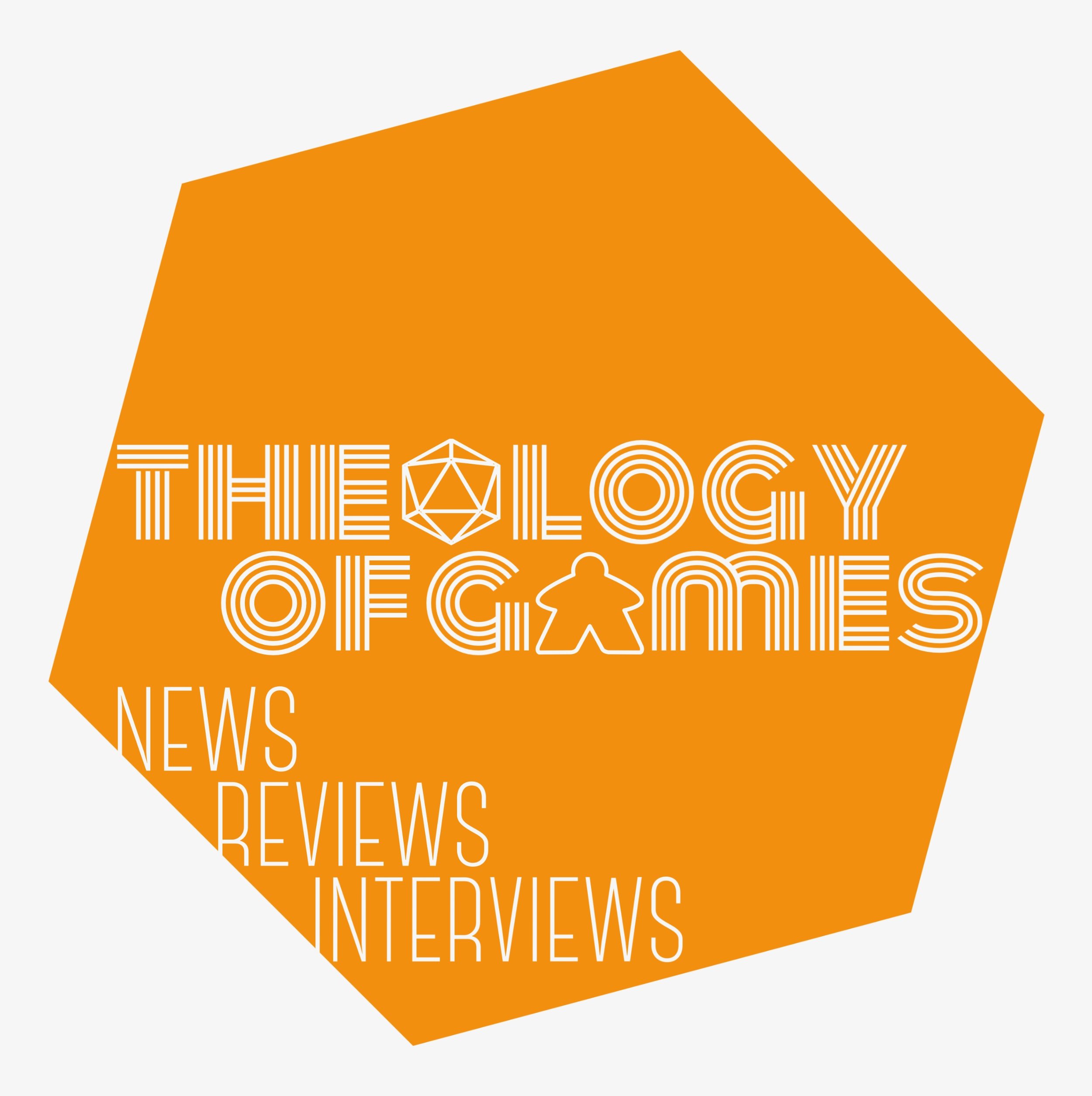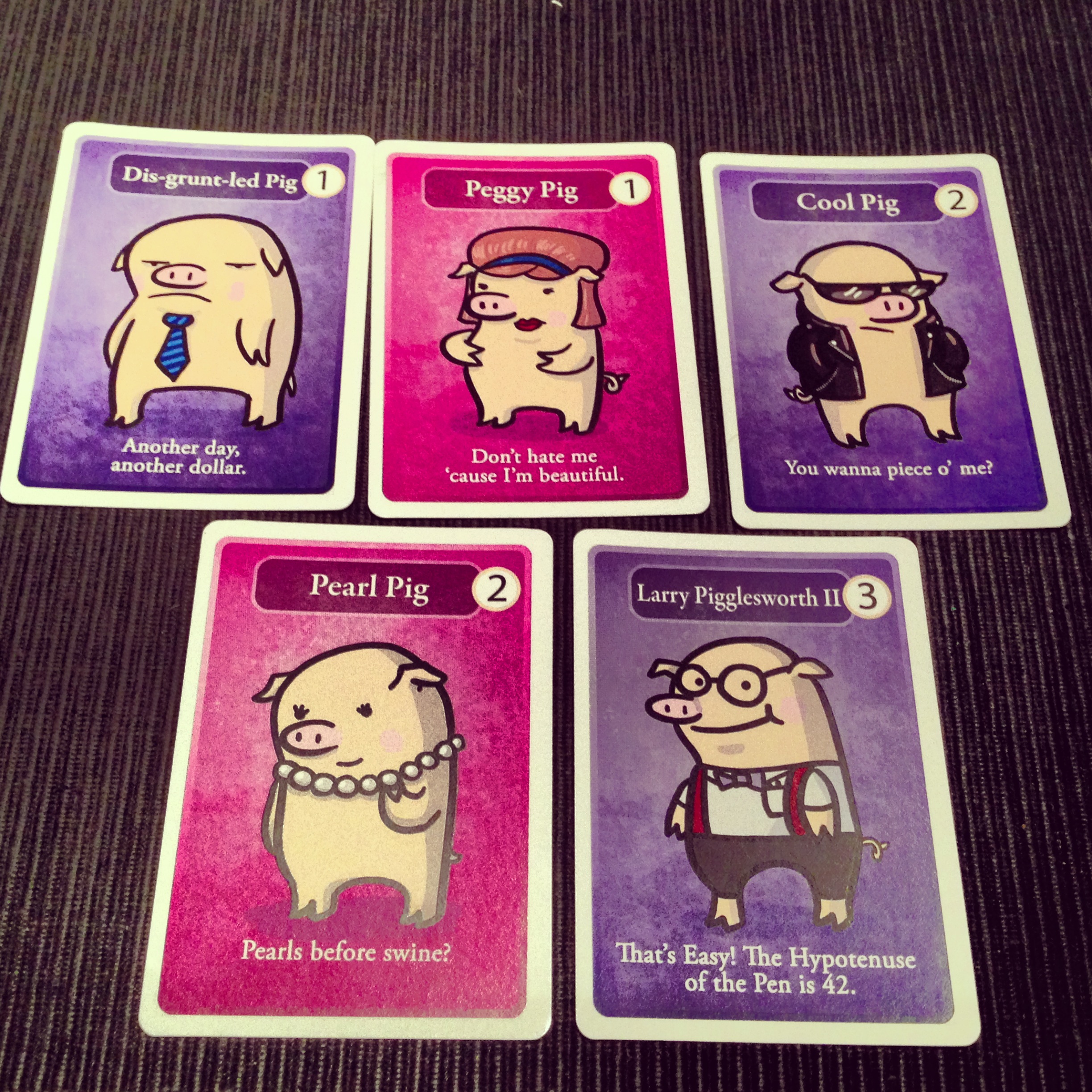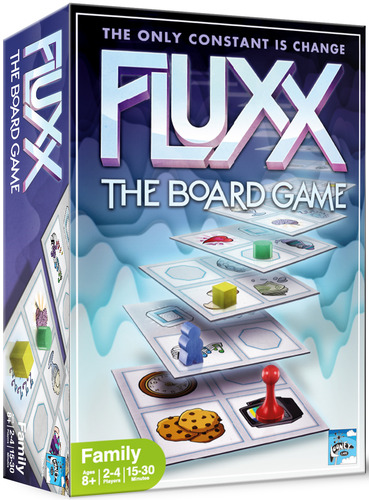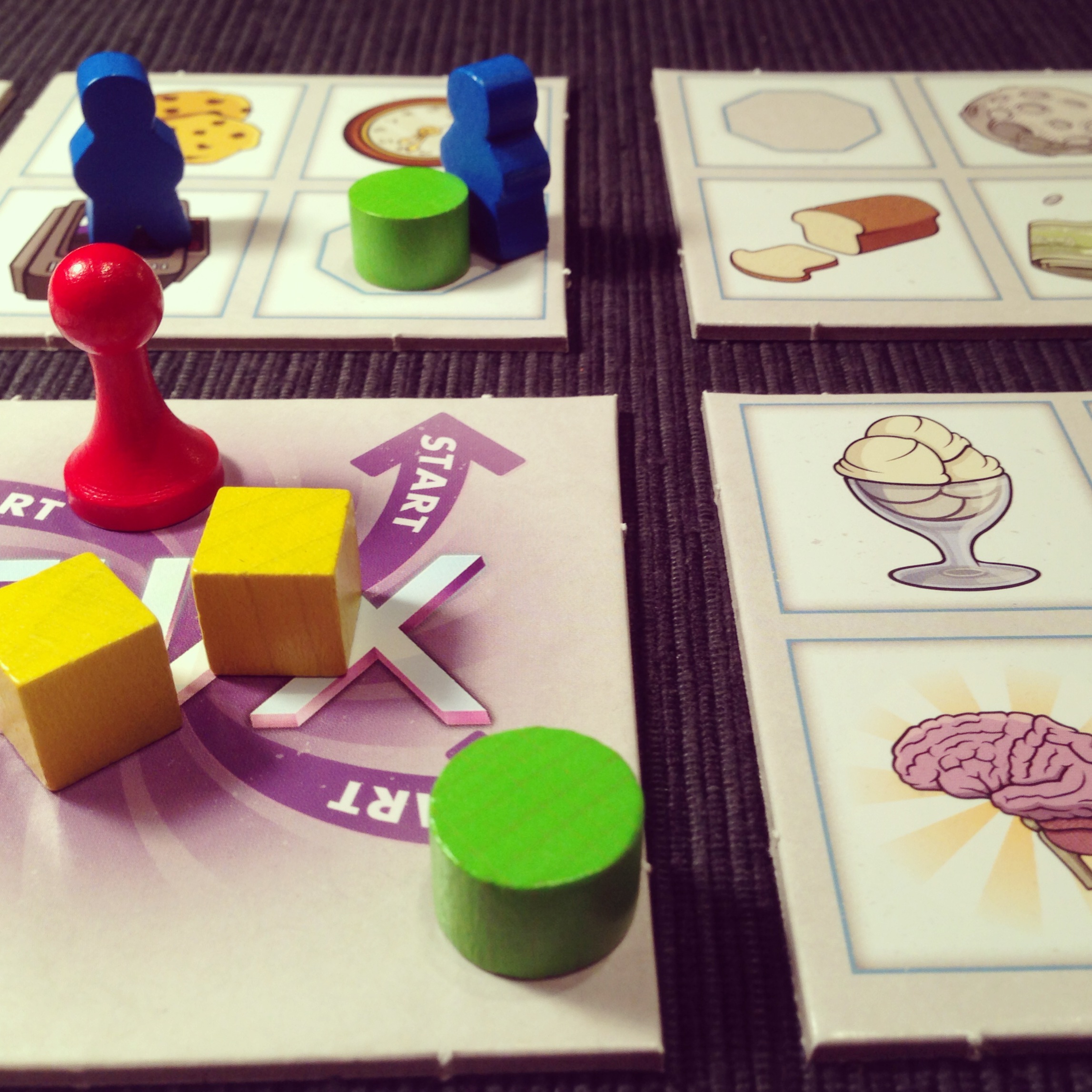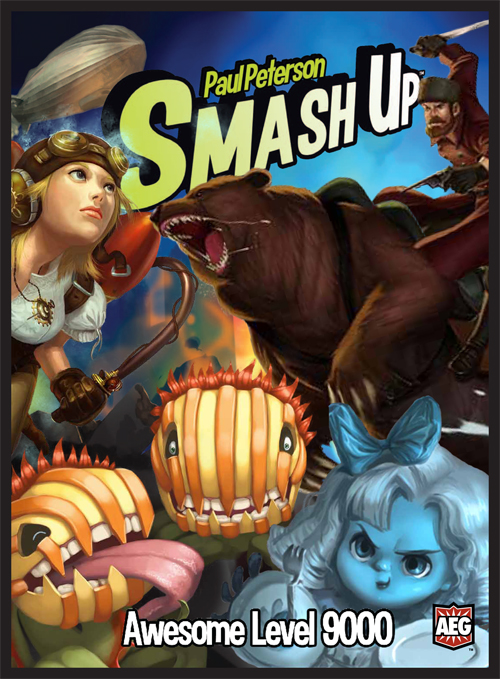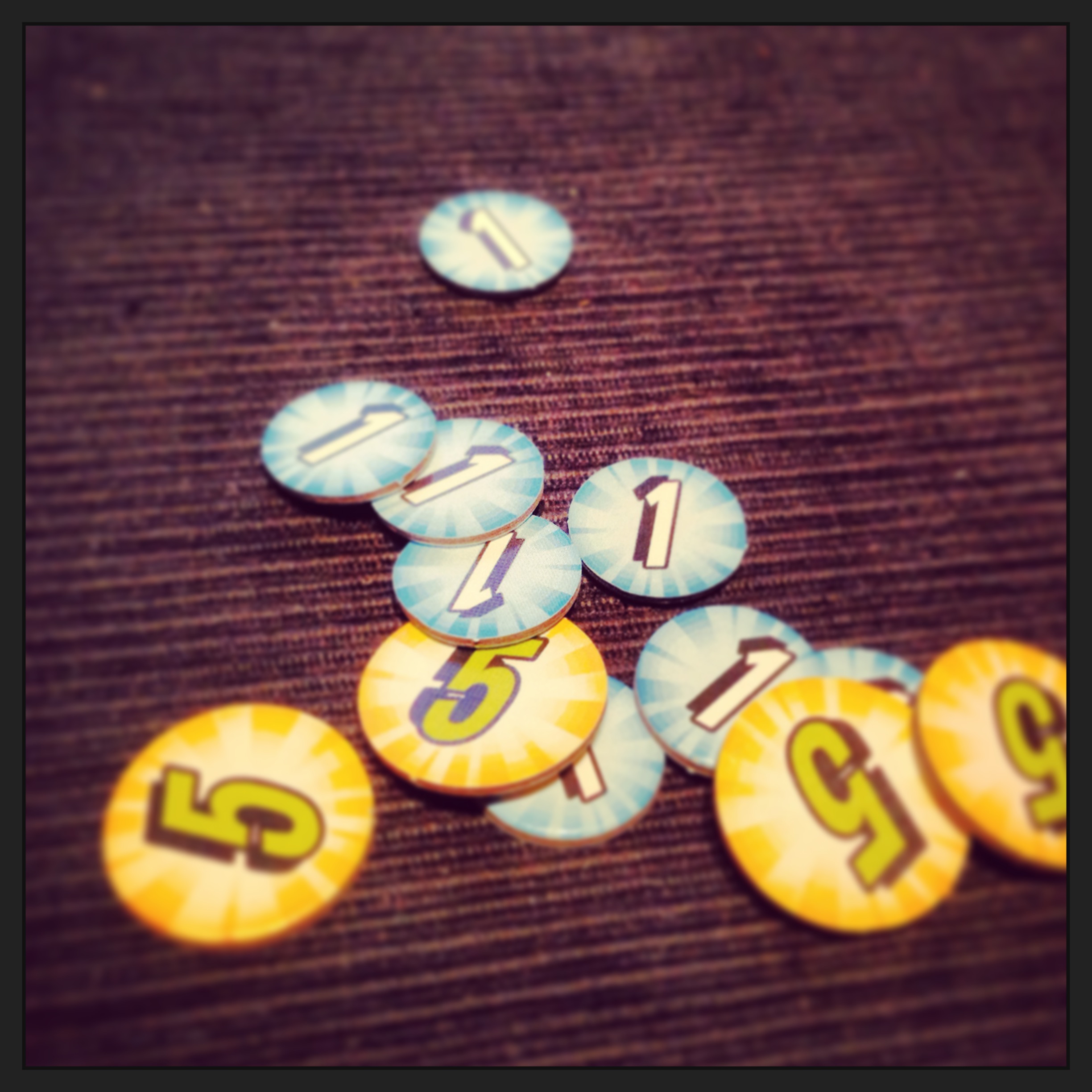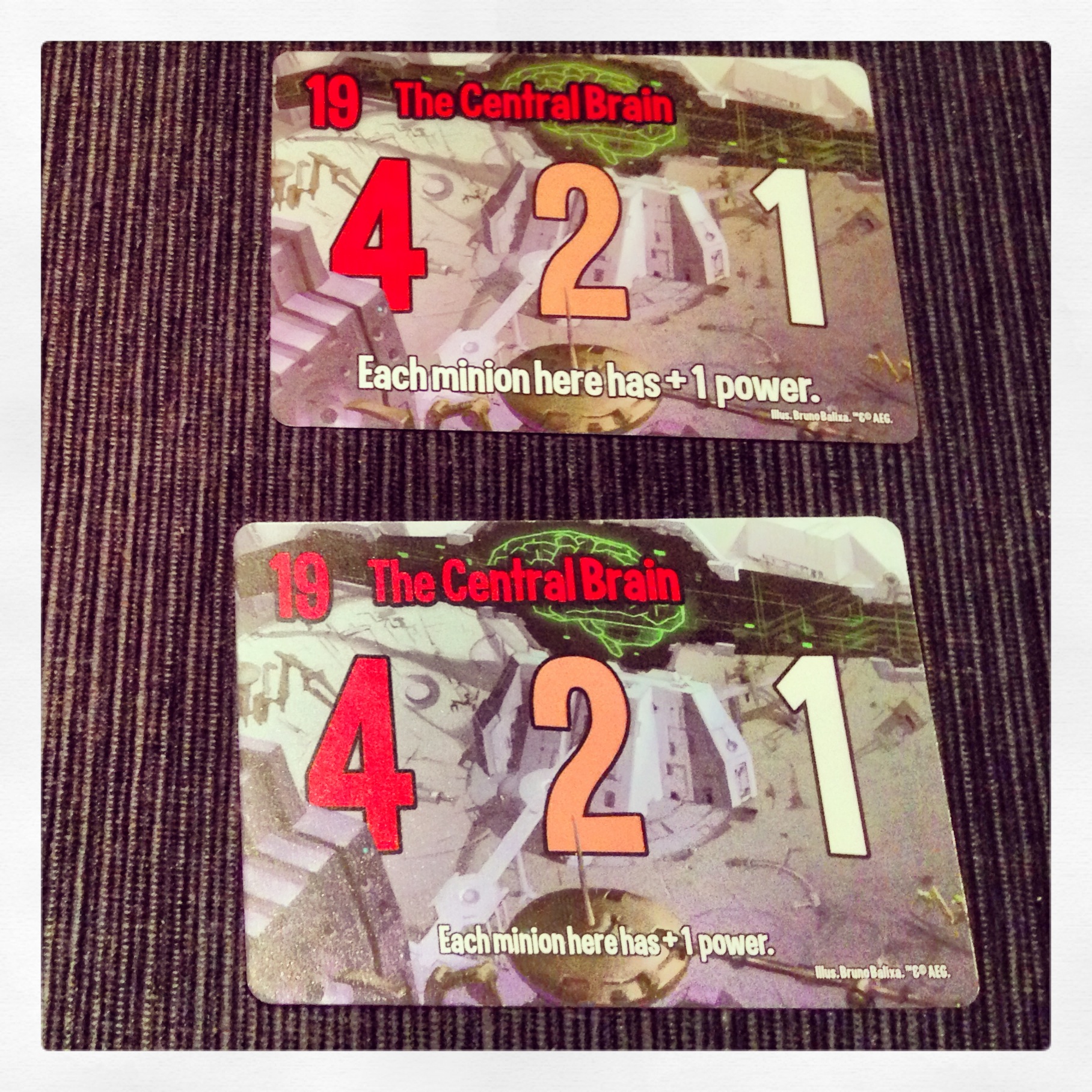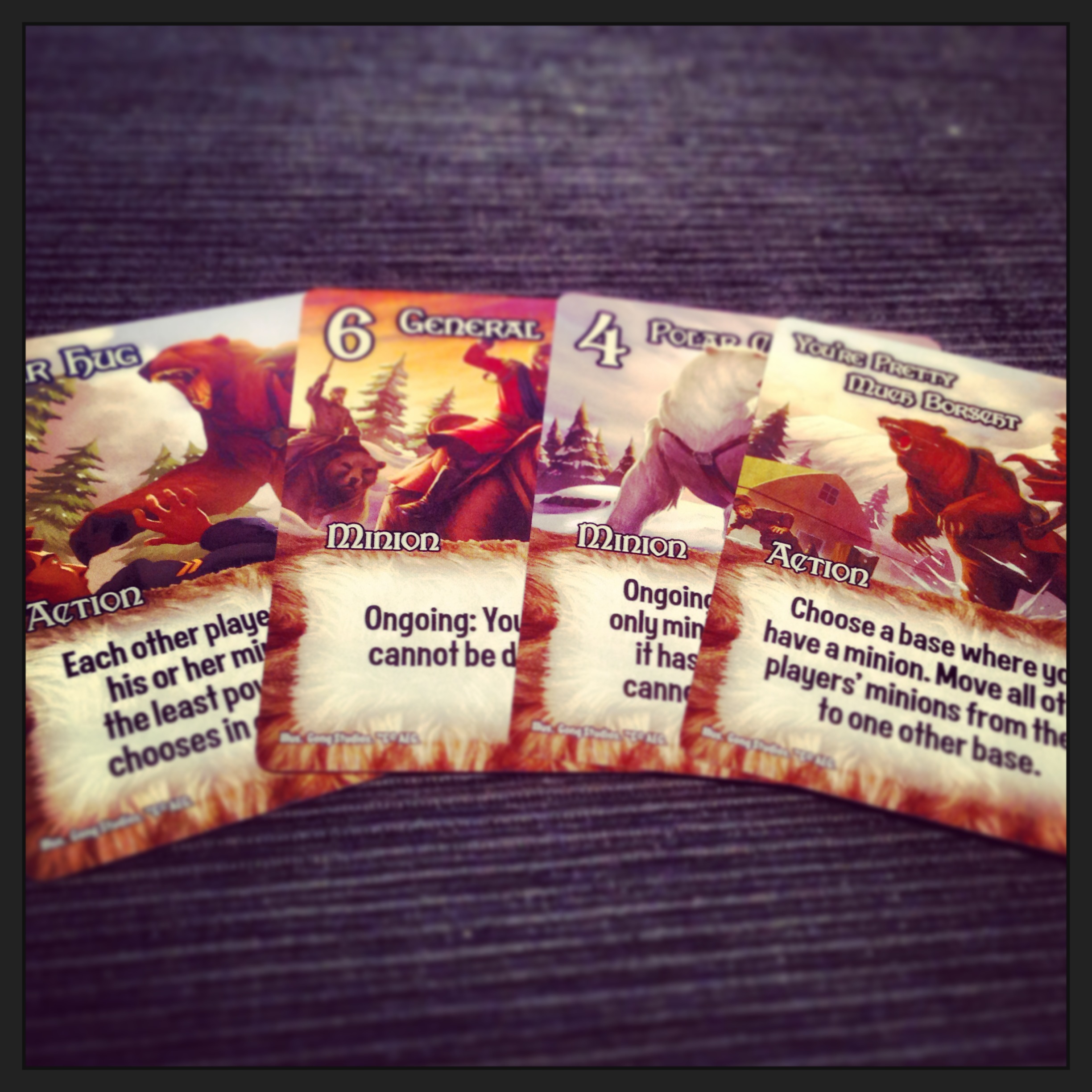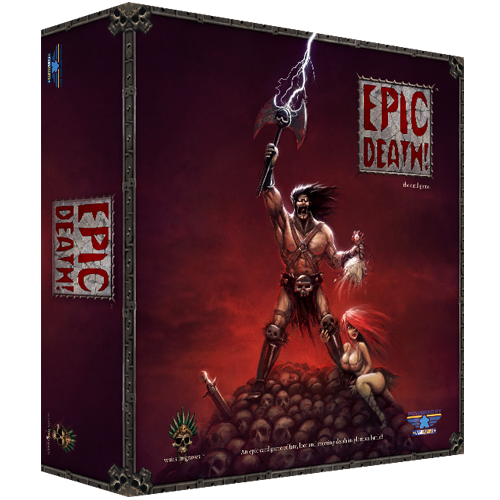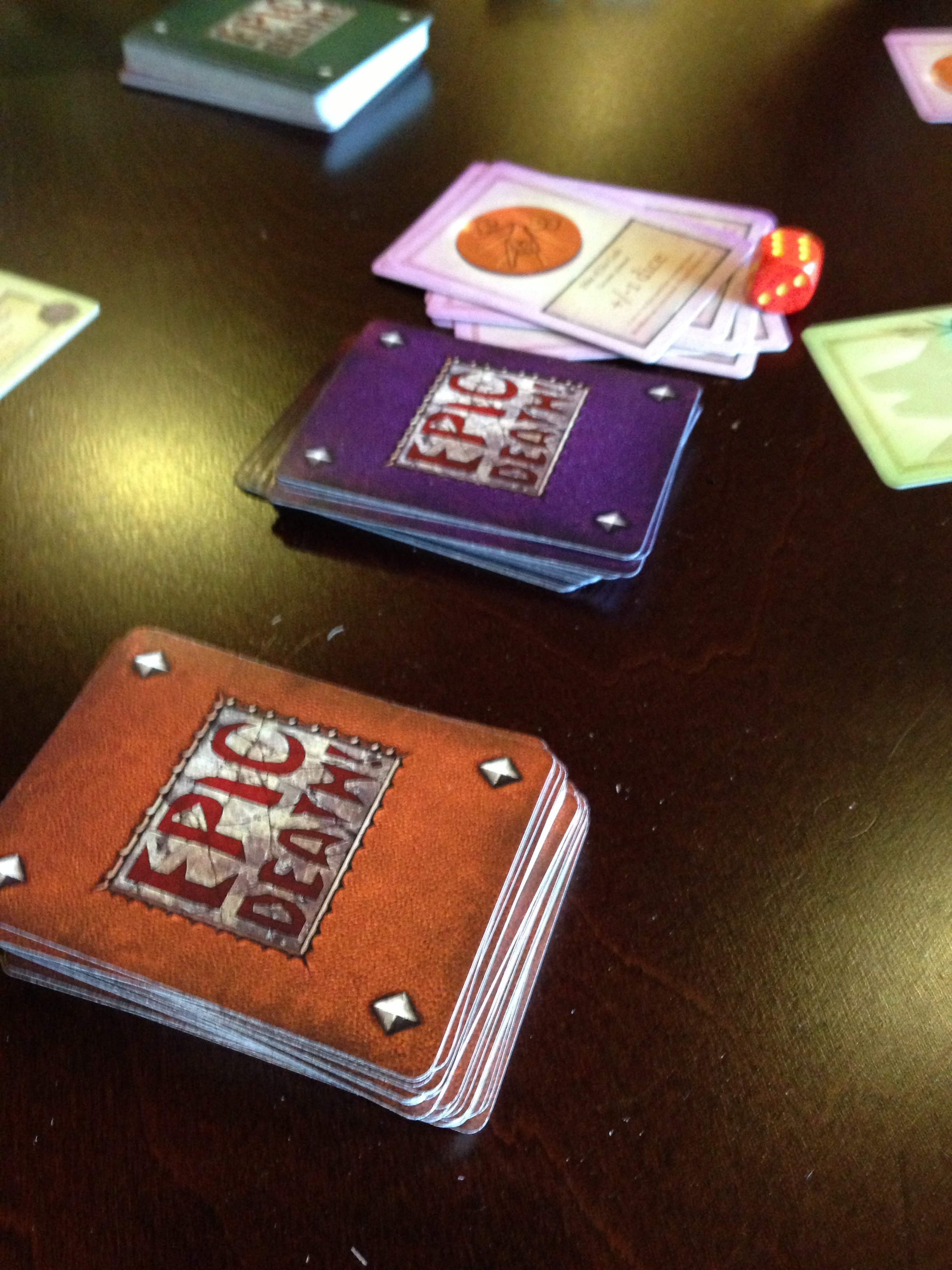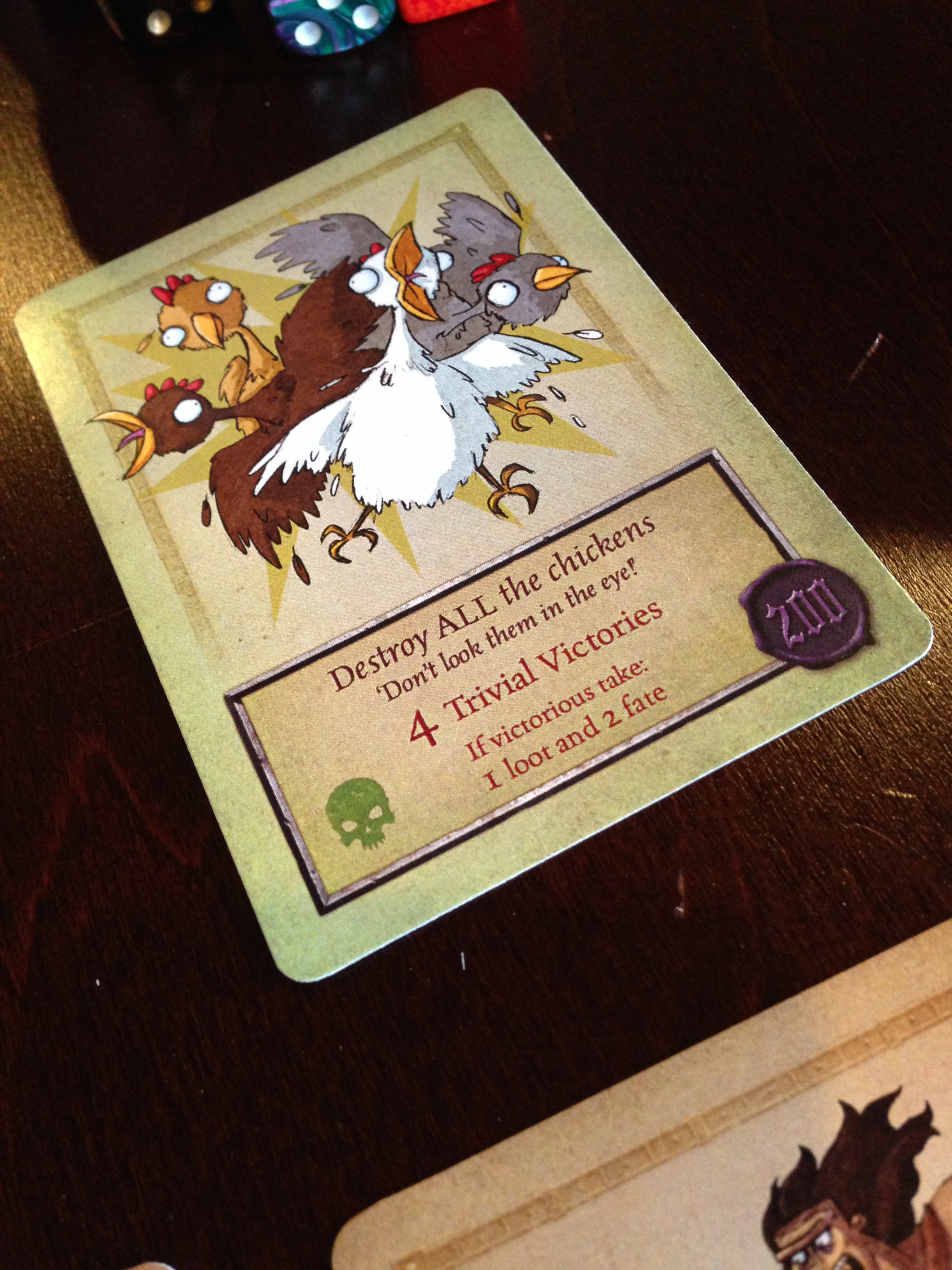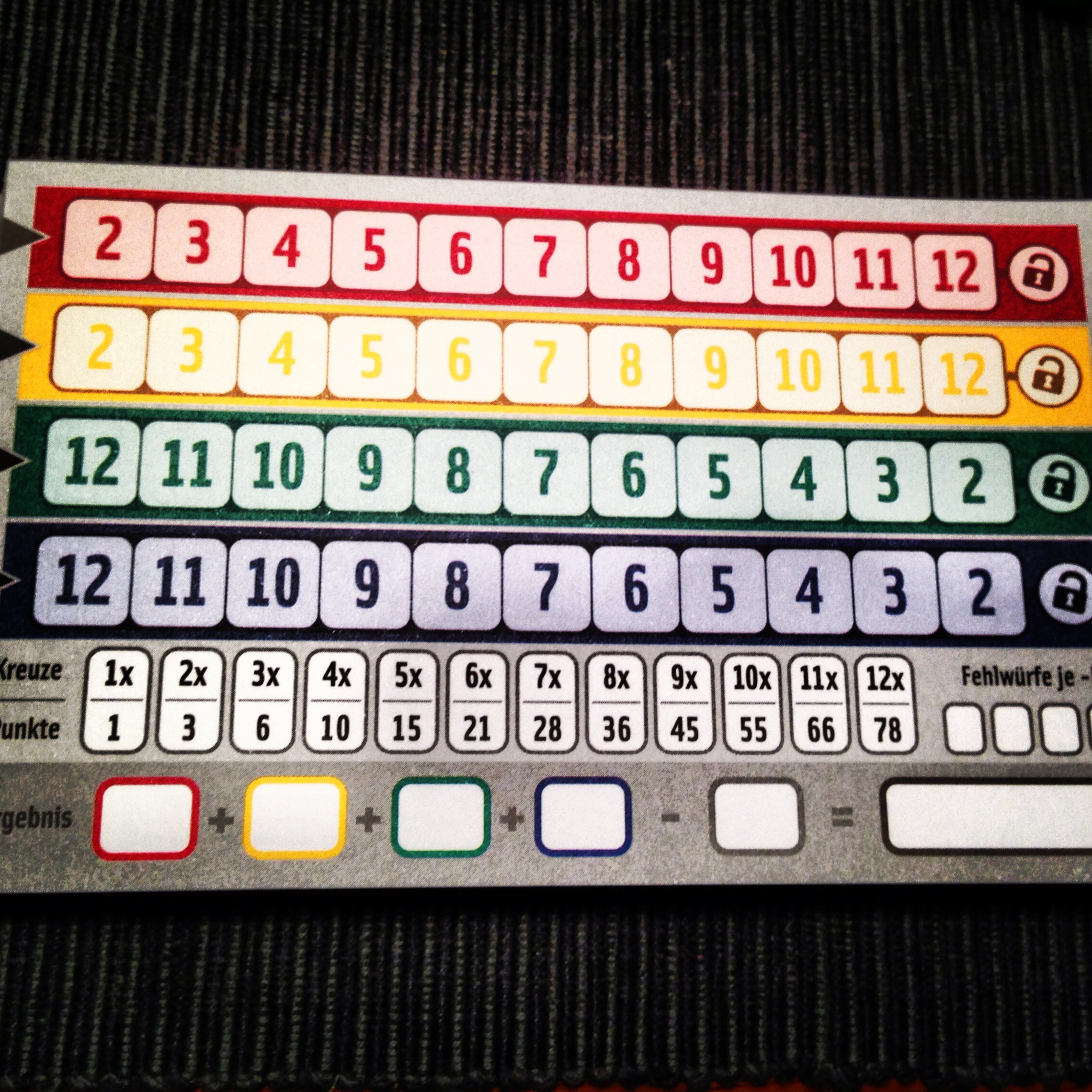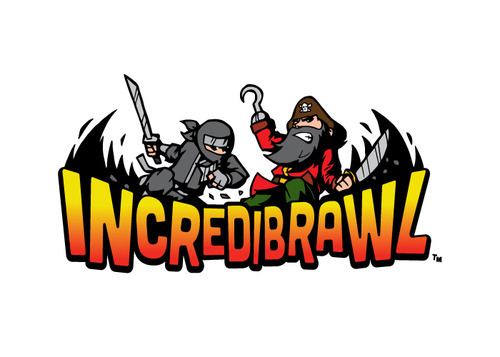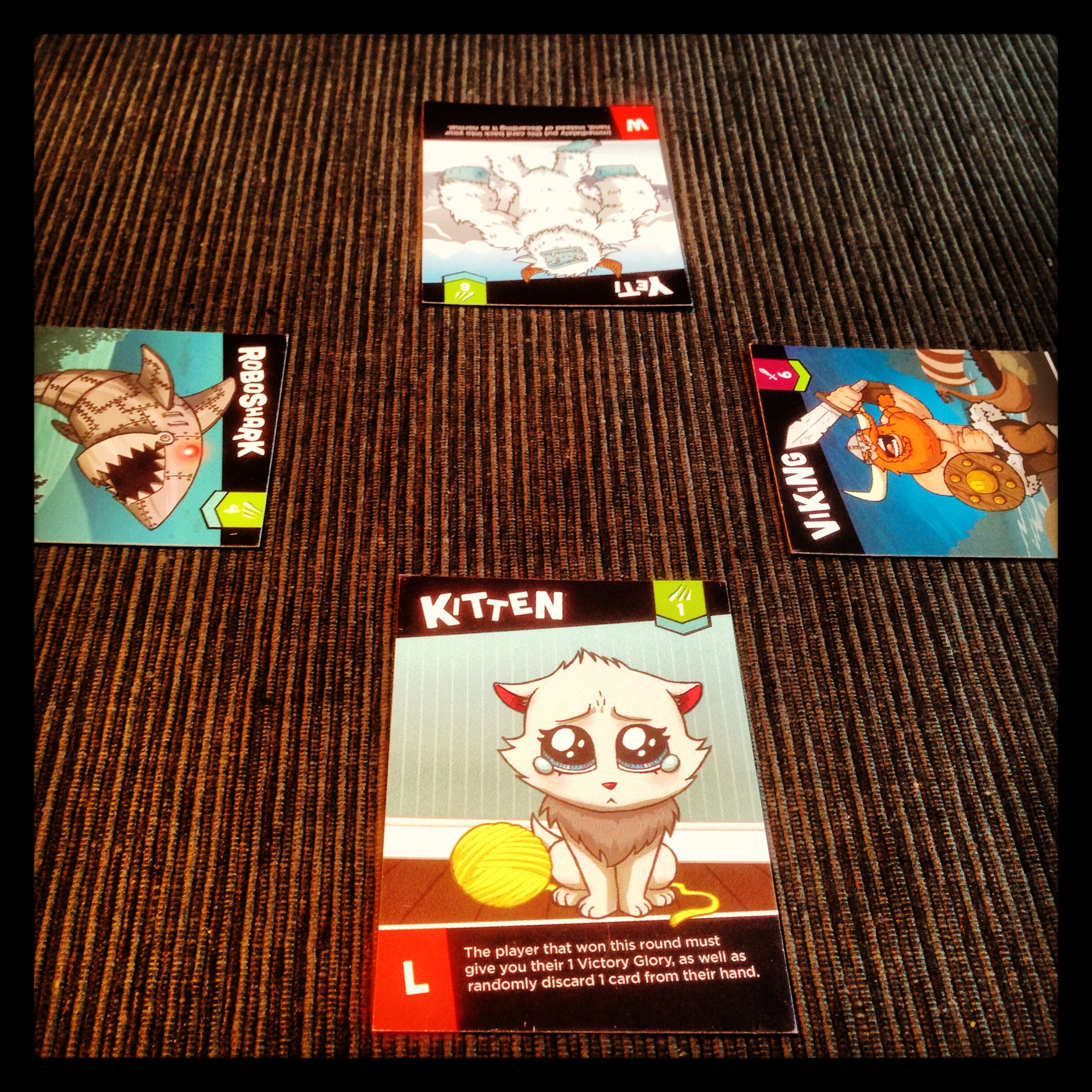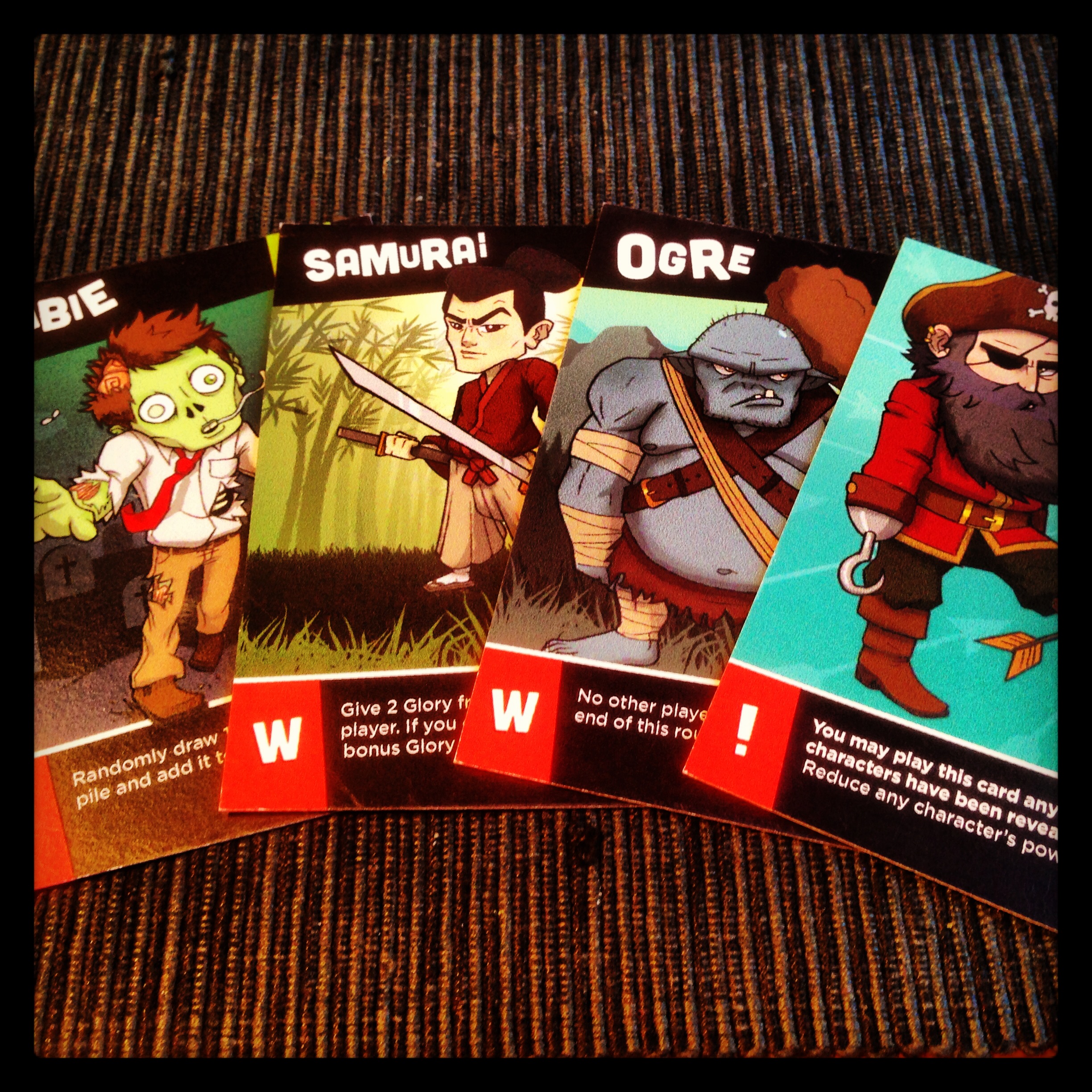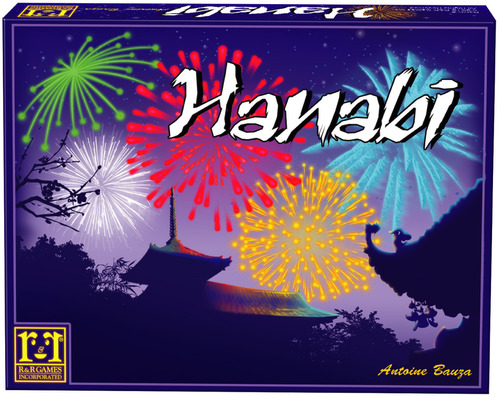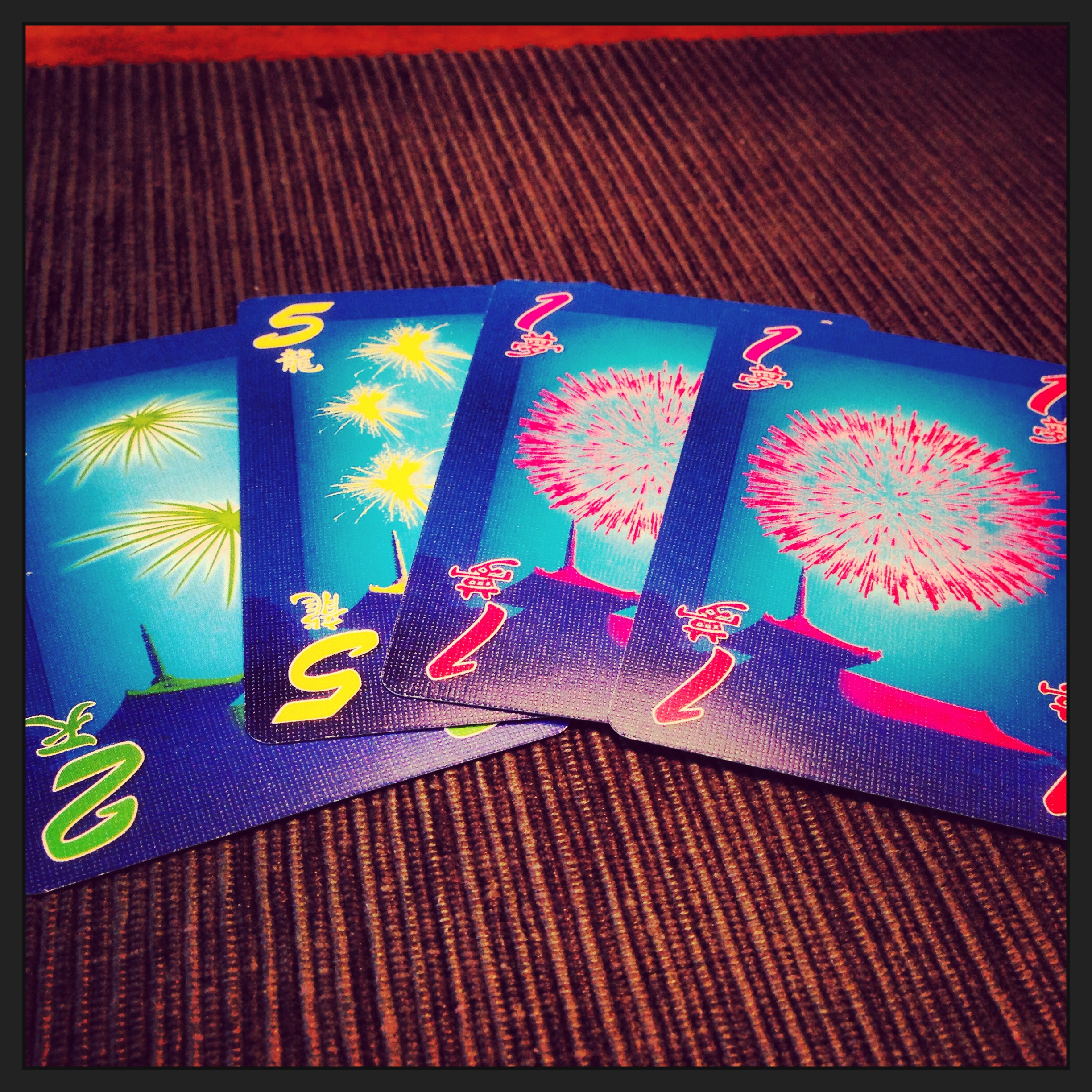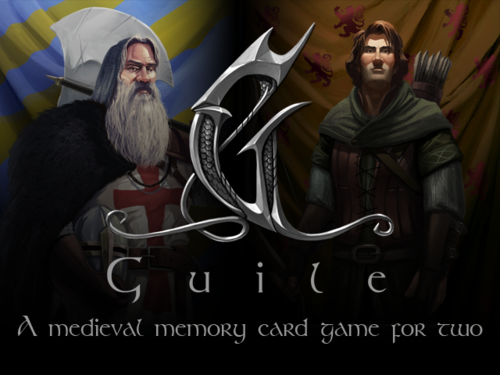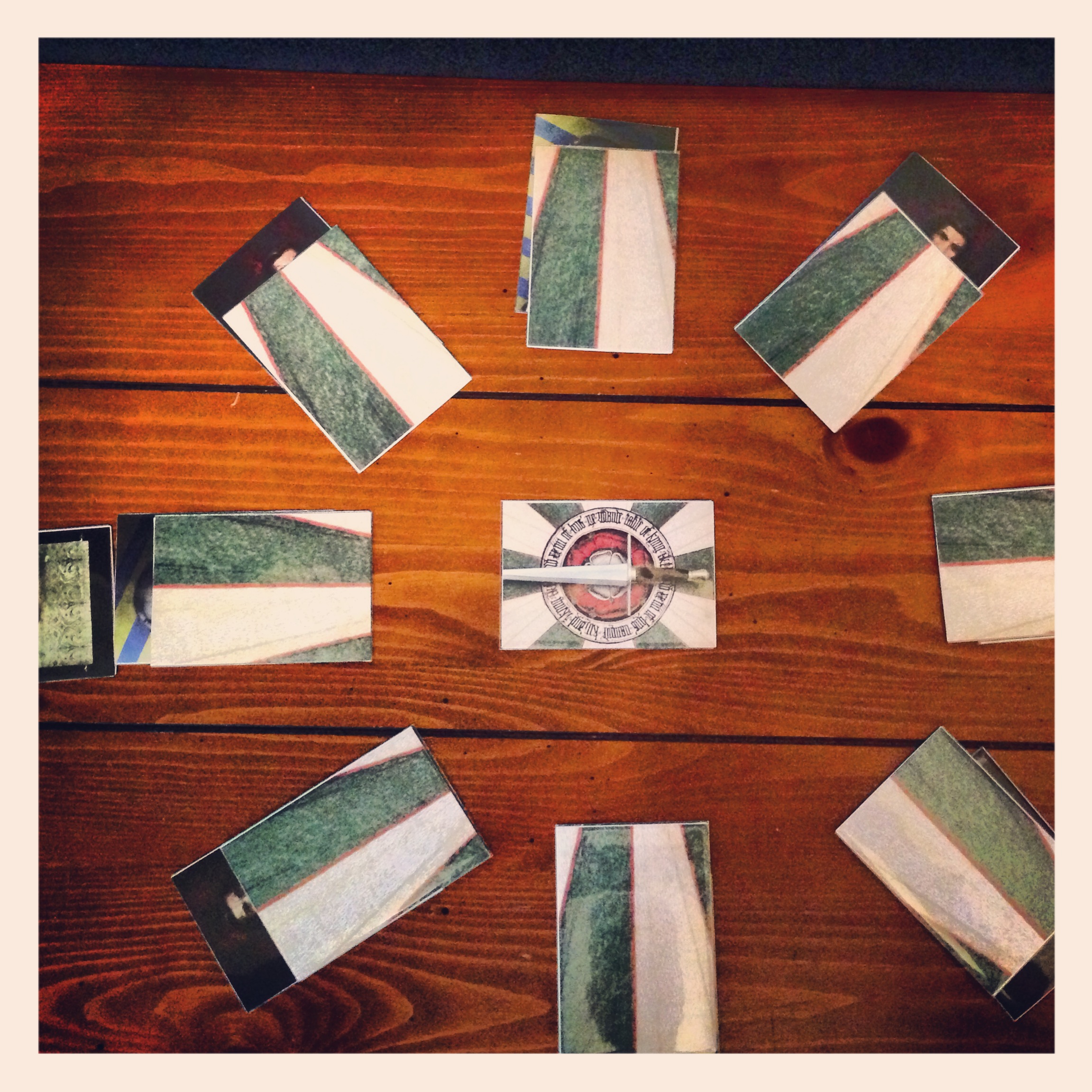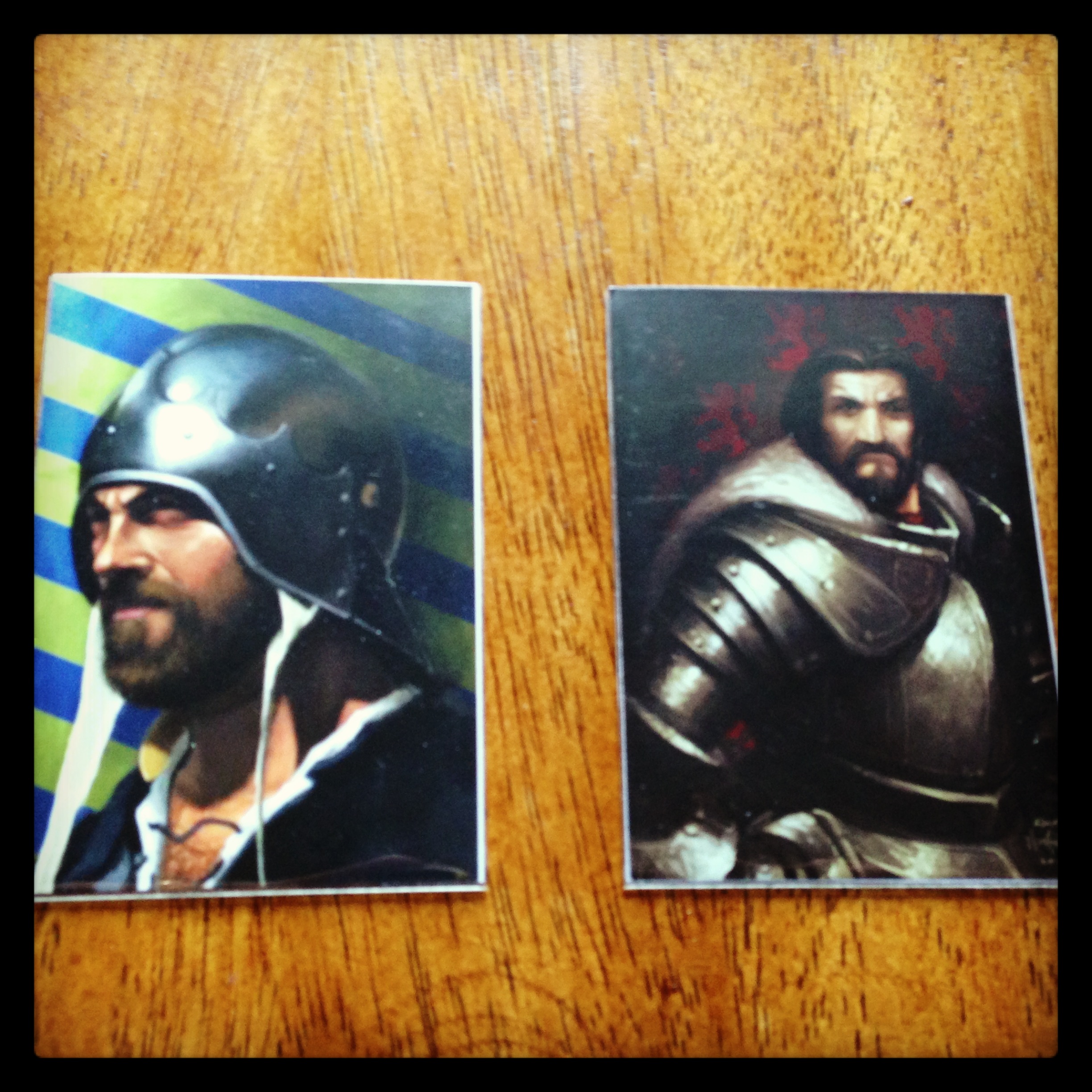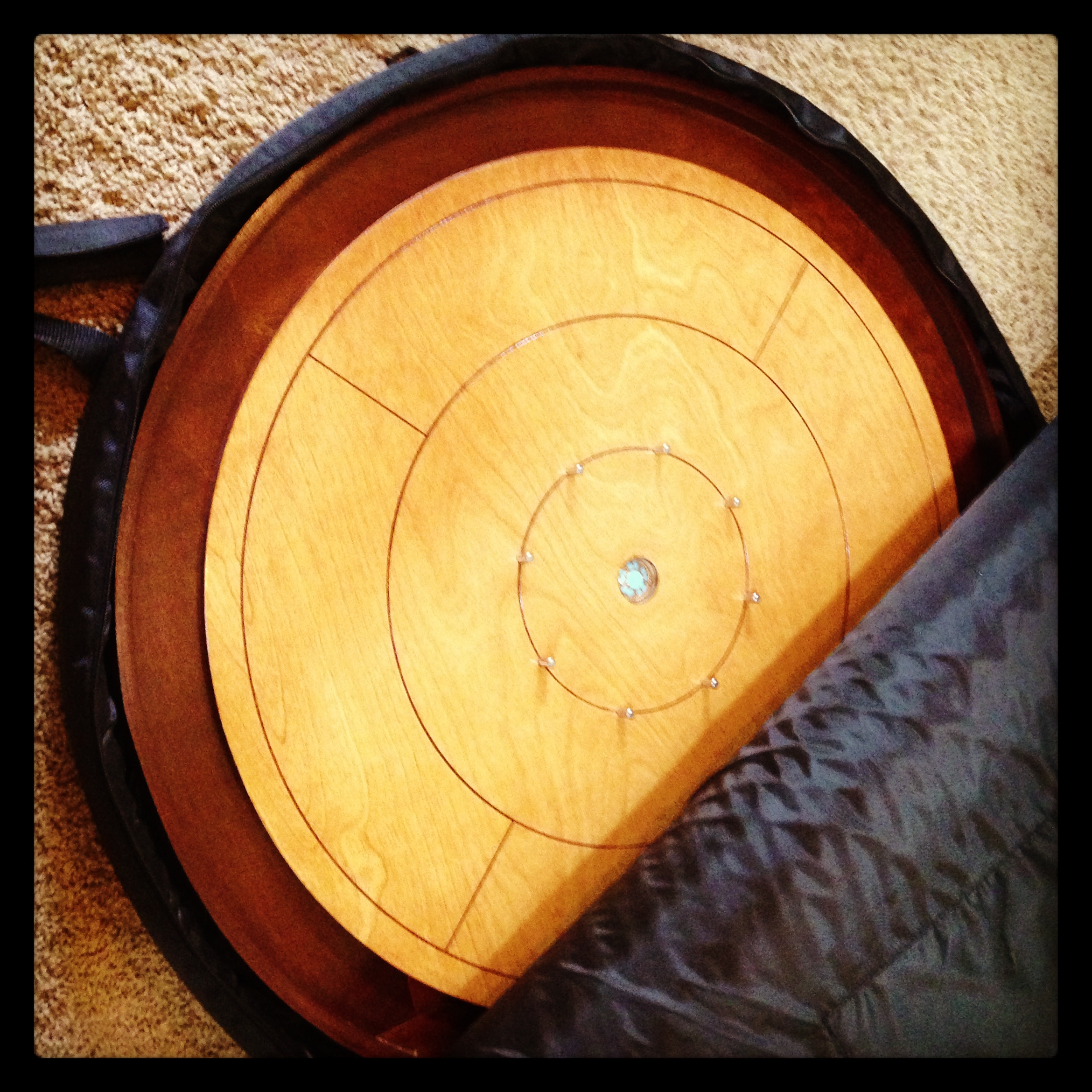Pigpen—A Double-Take Review
/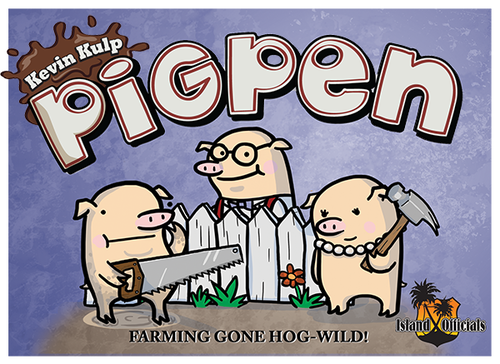 For today's review, we're giving you a look at a cute card game from Kevin Kulp and Jason Tagmire that's nearly finished its campaign on Kickstarter. If you don't want to bother reading the review, just go there and back it. If you need some convincing, read on...
For today's review, we're giving you a look at a cute card game from Kevin Kulp and Jason Tagmire that's nearly finished its campaign on Kickstarter. If you don't want to bother reading the review, just go there and back it. If you need some convincing, read on...
The Basics
Pigpen is a family card game for 2-4 players that plays in ~ 15 minutes. Players are trying to create pens that will hold pigs, which will score VPs. Think of the pens as a "block" of 6 spaces—three across and two deep. The four outside space are walls. The front center is a gate. And the back center is for food.
The Components
96 Cards (this number will go up based on the final funding level of the Kickstarter campaign)—80 Farmer Cards and 16 Pig Cards
The Setup
Shuffle the Pig Cards and create a Pig Deck—the number of which will depend on the number of players.
Shuffle the Farmer Cards, deal out five to each player, and then place the rest as a draw deck.
On your turn you'll play up to two cards from your hand, discard one card (if you want) to the discard pile, and then draw back up to five cards.
Types of Cards
Wall Cards: They're either brick or wood walls. Your pen can consist of both types of material—the only difference in the two is which attack card can destroy that type of material. These have a Defense number—the higher the number the stronger the wall.
Gate Cards: This is a card with a gate on it, and can be played in the gate space of your pen.
Food Cards: These are played in the food space of your pen.
Attack Cards: These are things like saws, jackhammers, and other things, used to destroy other pens.
So when you play cards you'll either be building up your own pen, or wrecking other people's pens. Once you get all of the pieces to a pen, you can grab a pig and put it on the Food Card. Each Pig has a different VP number on it. You can draw from the top of the Pig Deck, or grab one of the loose ones. Why would a pig be loose? I'm glad you asked...
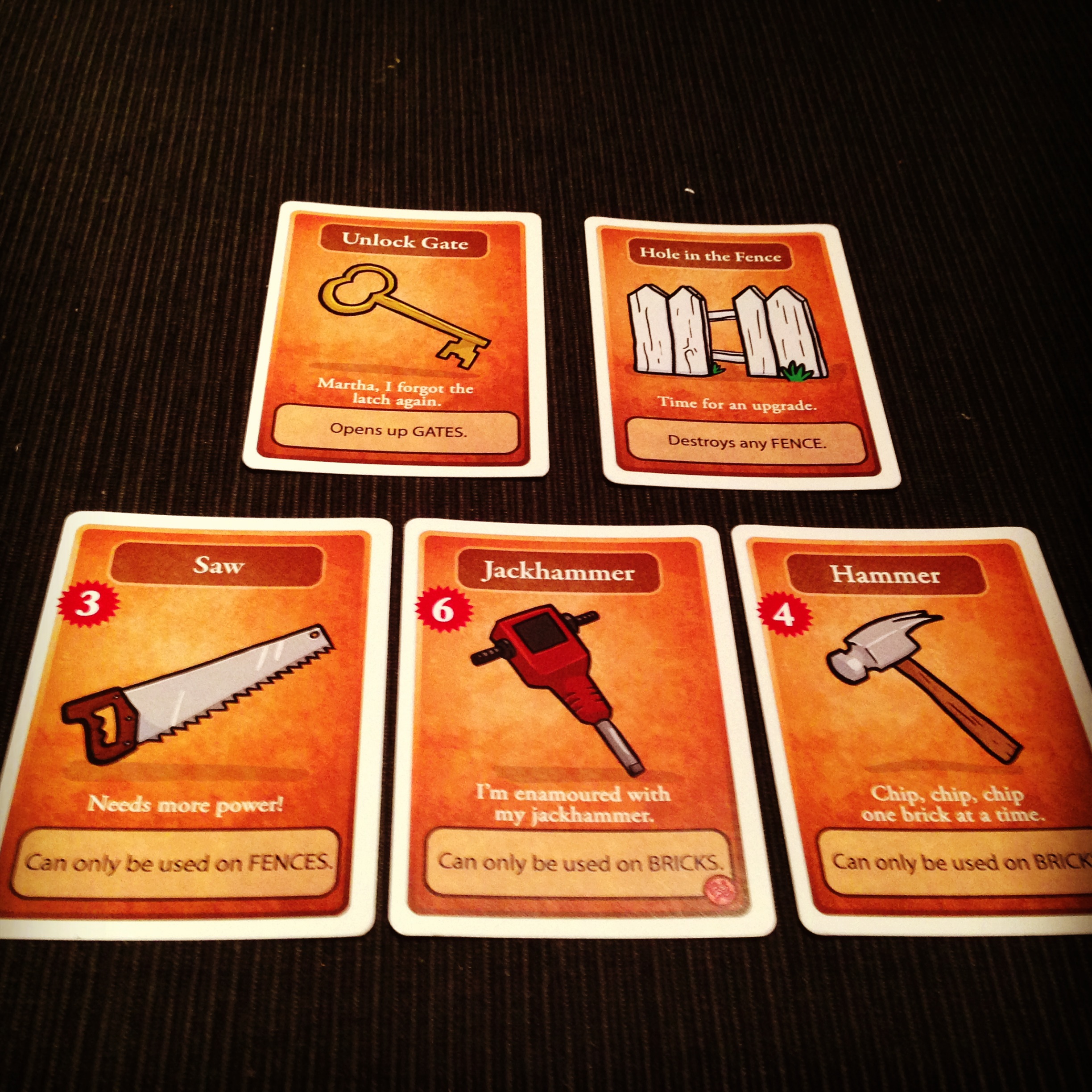 If someone breaks a piece of your completed pen, you have until the end of your turn to fix it or the pig runs off and hangs out around the Pig Deck. If another pig gets loose, the current loose pig goes to the bottom of the PIg Deck.
If someone breaks a piece of your completed pen, you have until the end of your turn to fix it or the pig runs off and hangs out around the Pig Deck. If another pig gets loose, the current loose pig goes to the bottom of the PIg Deck.
As you build new pens, you can use the outside walls as part of a neighboring pen.
When the last pig is taken, the game is over. Everyone gets one last play to try and fix any broken pens—the pigs then run out of unfixed pens. Everyone adds up the VPs on their Pigs, and the winner is the person with the most VPs; ties go to the person with the most pigs.
The Verdict
Firestone—Here's a conversation I had with my 5-year-old when the family finished playing our first game:
Me: "What did you think?"
He: "Awesome."
Me: "What was your favorite thing?"
He: "That I won."
Me: "What was your second favorite thing?"
He: "That you guys lost..."
And that about sums it up: My family liked this game a lot. It's "cute."
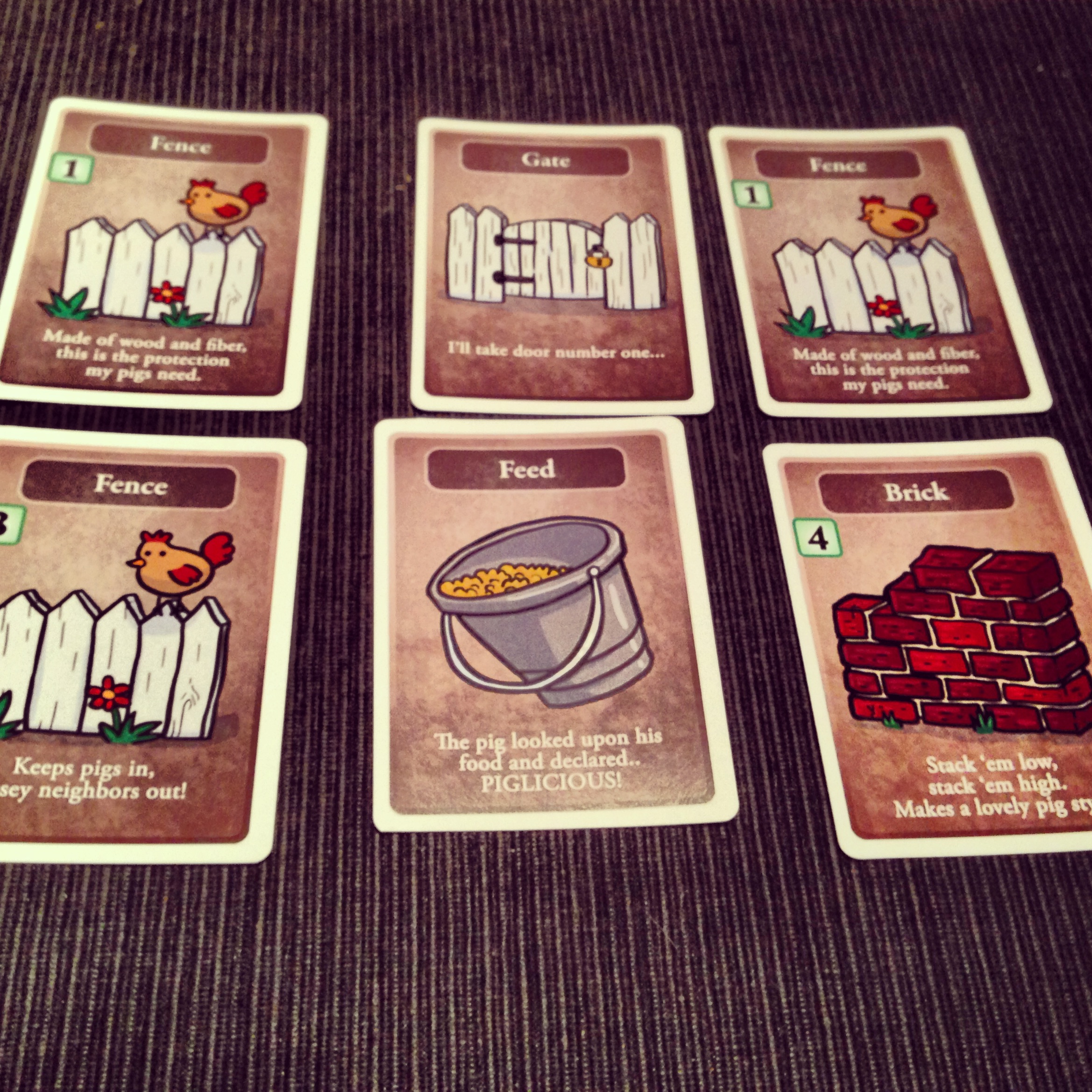 Jeremiah—Somewhere along the line my kids figured out how fun it is to gang up Mommy and Daddy, and they didn't bother trying to be sneaky about it. We pretty much knew that if they had cards to destroy our pens, we were in for it. Our 5-year old would even stare us down and start making sawing noises before he played his card, to add to the torment.
Jeremiah—Somewhere along the line my kids figured out how fun it is to gang up Mommy and Daddy, and they didn't bother trying to be sneaky about it. We pretty much knew that if they had cards to destroy our pens, we were in for it. Our 5-year old would even stare us down and start making sawing noises before he played his card, to add to the torment.
Firestone—It's a card game, so it's very random, and there is a TON of take that. Somehow in a cutesy pig game it doesn't feel as harsh as in other games. And it's short enough that you won't be demolishing fences for 90 minutes, which would make me flip my wig. If I wore a wig.
Jeremiah—Yeah the built-in timer is a much needed thanks to the massive amounts of back-and-forth, take-that in the game. It could seriously go on forever.
Firestone—Adding to the randomness is the fact that the pigs aren't all worth the same amount. So someone might draw an awesome 4-point pig, place it on a Superfood, and it's pretty much there forever. While I might only draw 1s the whole game.
Jeremiah—Yeah, it's a card game which means there's an element of luck of the draw, but there's enough that you can do to level the playing field (or other pens) to keep it competitive.
Jeremiah—The game is definitely geared for the family experience. The theme lends itself to that very well, but I could definitely see sitting down with some casual/non-gamer type folks and enjoying some laughs as we deliver blow after blow to each other's pen.
Firestone—I'm not going to play this with anyone but my family, but I'm okay having a family-only game.
Firestone's Final Verdict—This is a cute game that my family likes playing. There's tons of take-that (almost all of it aimed squarely at me), but it's short and easy to learn. Put this on the table.
Jeremiah's Final Verdict—We really loved this game! My boys learned it very quickly, and more importantly so did my wife. It's a great family game that is enjoyable for both adults and kids. I would recommend it for a casual party game, and for church/youth group play. Pigpen is packed with lots of light-hearted "Take that!" Which makes for great player interaction in what is essentially a set-collection game! You should definitely put this game on your table!
This game has been fully funded, and they're offering new cards and pigs, so head on over to the Kickstarter campaign and check it out for yourself. There are only 3 days left!!
